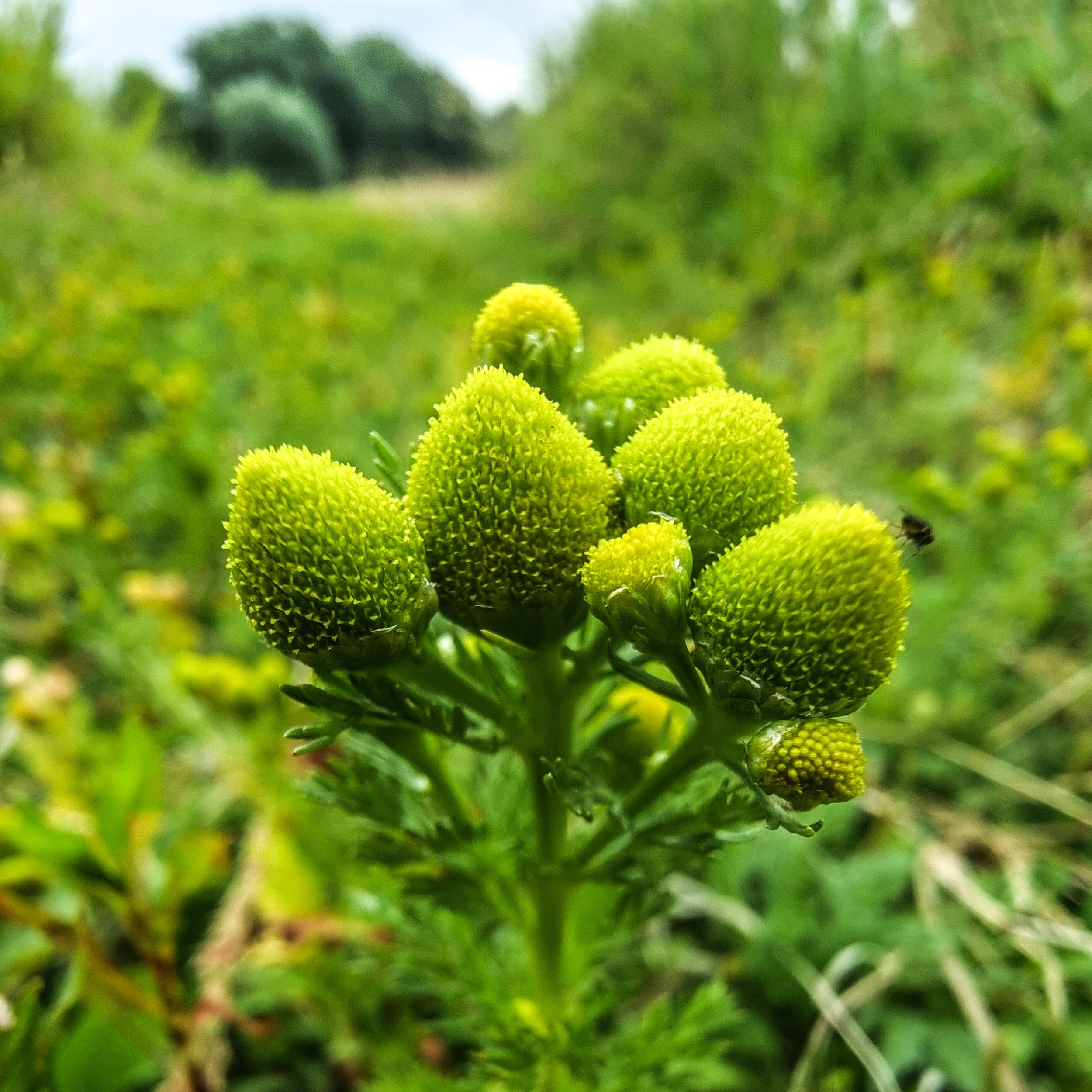Pineappleweed
How To ID Me And What I’m Good For?
My ID Features:
Leaf
Flowers
Pineapple Bouquet
A nice healthy bounty.
In situ
Pineappleweed
Latin Name - Matricaria discoidea.
Common Names - Pineappleweed, Wild Chamomile, Disc Mayweed, Rayless Mayweed.
Family - Asteraceae.
Season - Summer - Autumn.
Edible Bits - Leaves & flowers.
Habitat - Arable fields, disturbed ground & pavements. Finding a good spot away from pollutants is a challenge.
Possible Confusion - Most likely other chamomiles or mayweed, which aren’t poisonous. The lack of any white petals and it’s aroma when crushed, is a dead giveaway.
Description - This naturalised introduction in to the British countryside is a welcome one. Originating from Asia this plant was introduced to the UK in the 18th century. Reported to have escaped from Kew Gardens and became one of our fastest spreading none-native plants. Not surprising given that each plant can produce anywhere between 800-7000 seeds. Lasting from around May until October (weather dependent). Unsurprisingly smelling and tasting of pineapple! Our favourite flavour pairing is with locally grown apricots, an absolute match made in heaven. Though it has many applications as an infusion in teas, cordials & syrups. The leaf before the flower heads form is also good in salads.
Physical Characteristics - The hairless leaves are very fine and feathery and have a chamomile like appearance. They grow alternatively along the stem and average from 2–4cm. The flowers themselves have no petals, just a cone shaped yellow centre. When crushed they emit a pineapple scent.
Medicinal Qualities - Much like its cousin ‘true’ chamomile it contains the same health benefits. It can help relieve anxiety and treat insomnia when drank as a tea, being careful to only steep in hot water. Its great for gut health and is also an anti-inflammatory. Proposed to aid with menstrual cramps, and stomach and intestinal pains.
Harvesting Sustainability - Given it’s none native status and it’s absolute mastery of its environment. It’s safe to say you’re not going to damage pineapple weed populations. But, it is good practice to cut the flower heads from the plant instead of pulling from the ground (if you don’t plan to use the leaf).
Safety Note
Be careful to pick away from human or animal contaminants. Which this plant is likely to come in to contact with.
Never munch on a hunch! Volf takes no responsibility for anything consumed.









